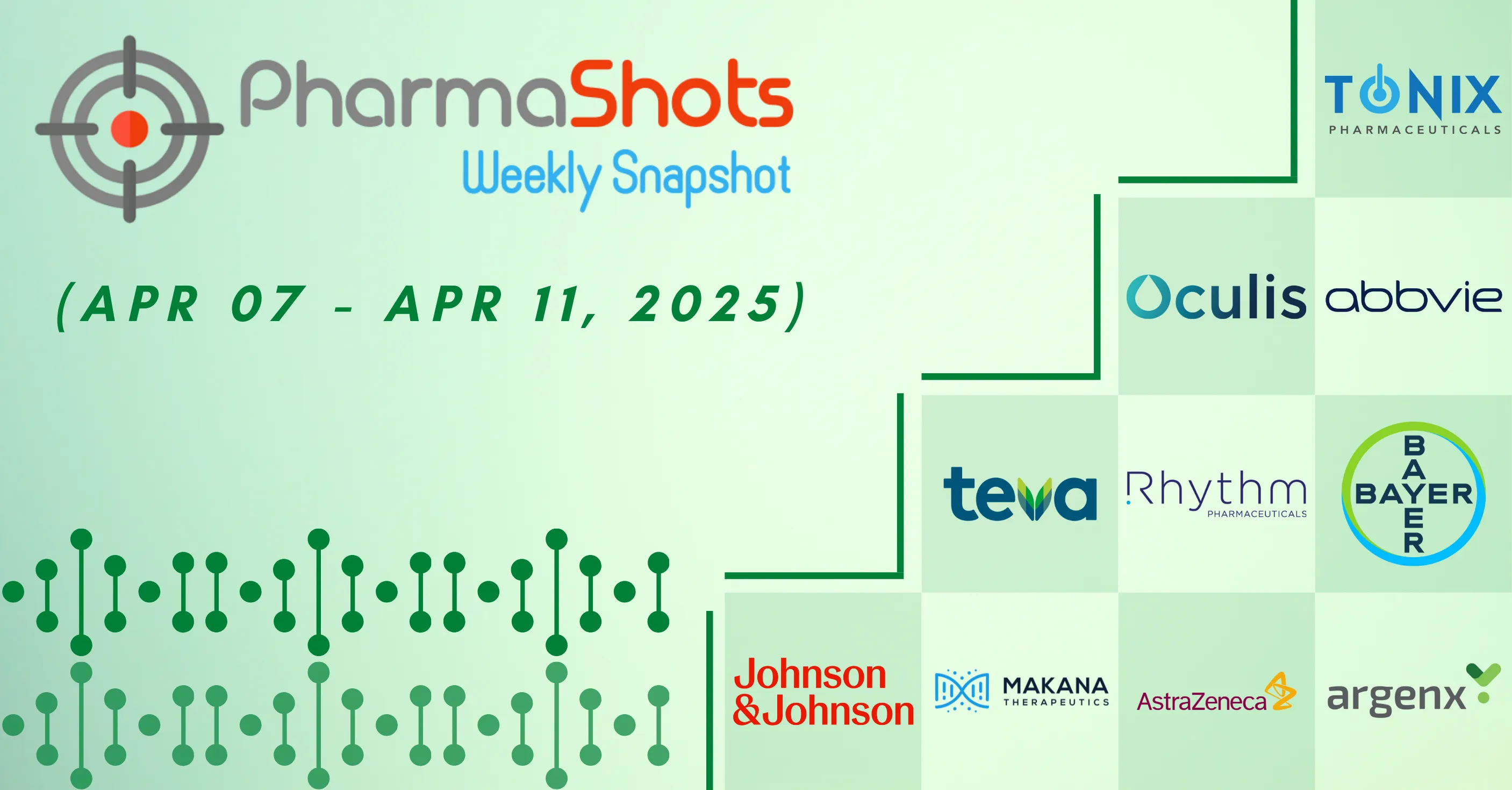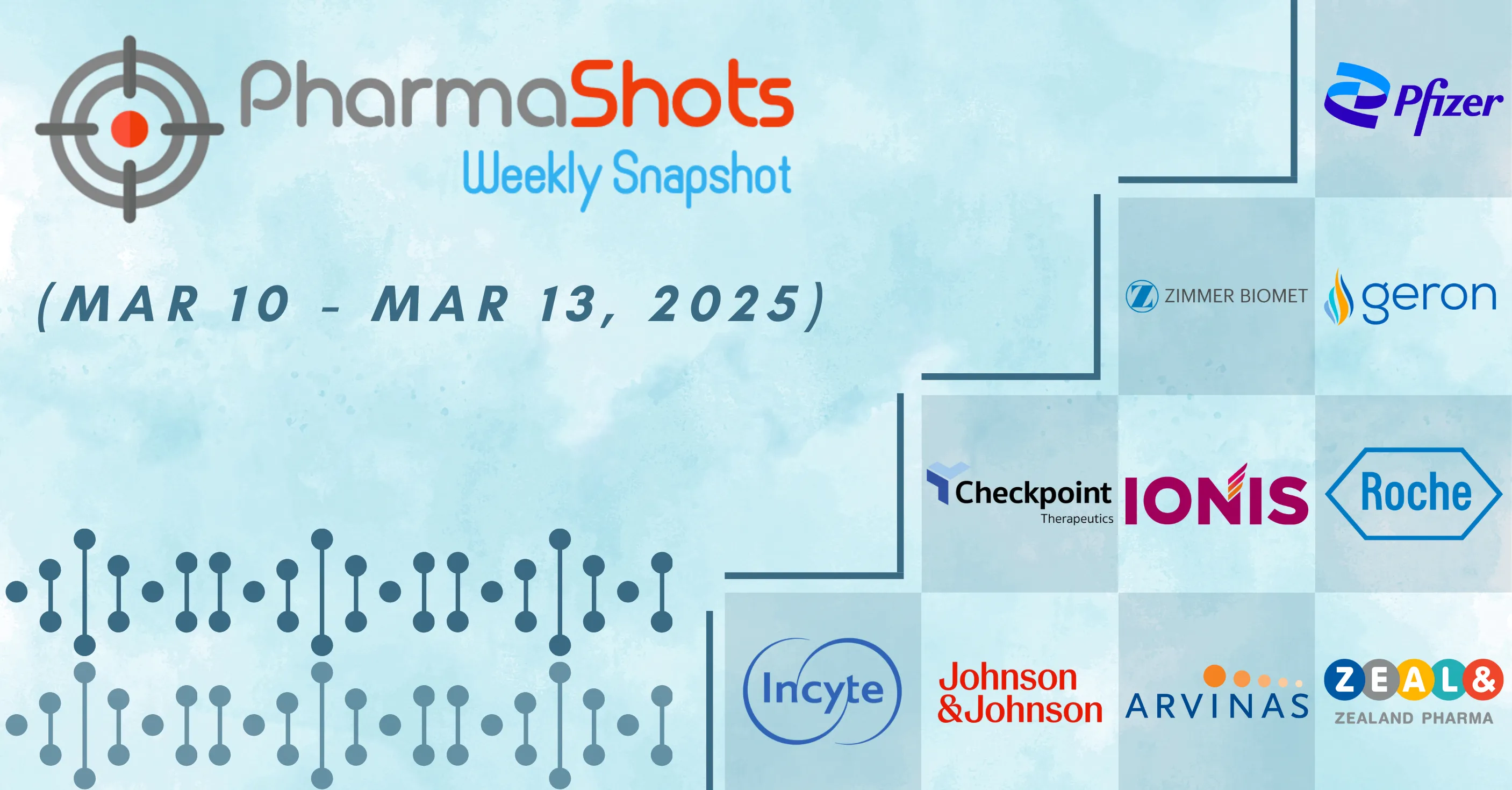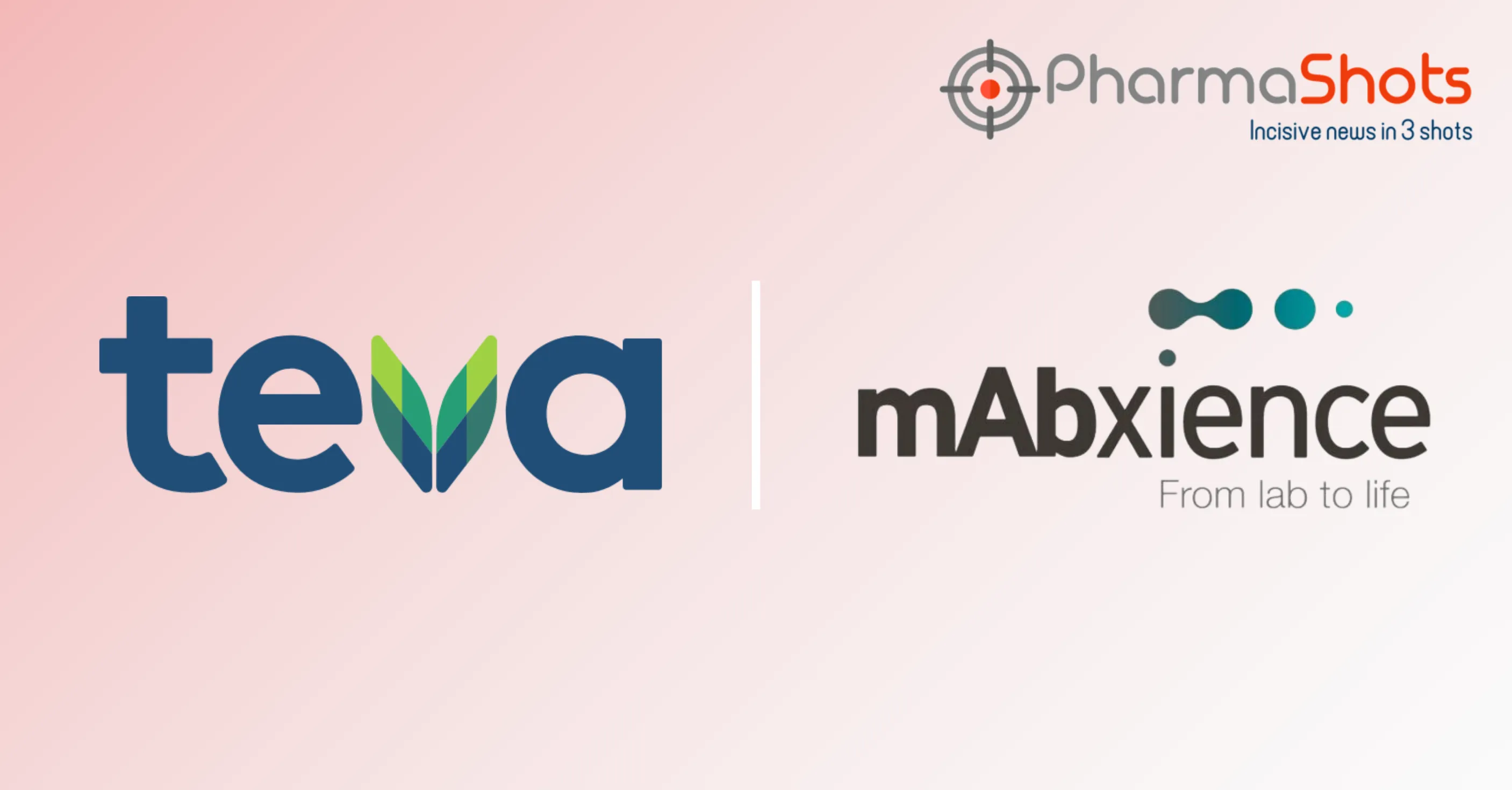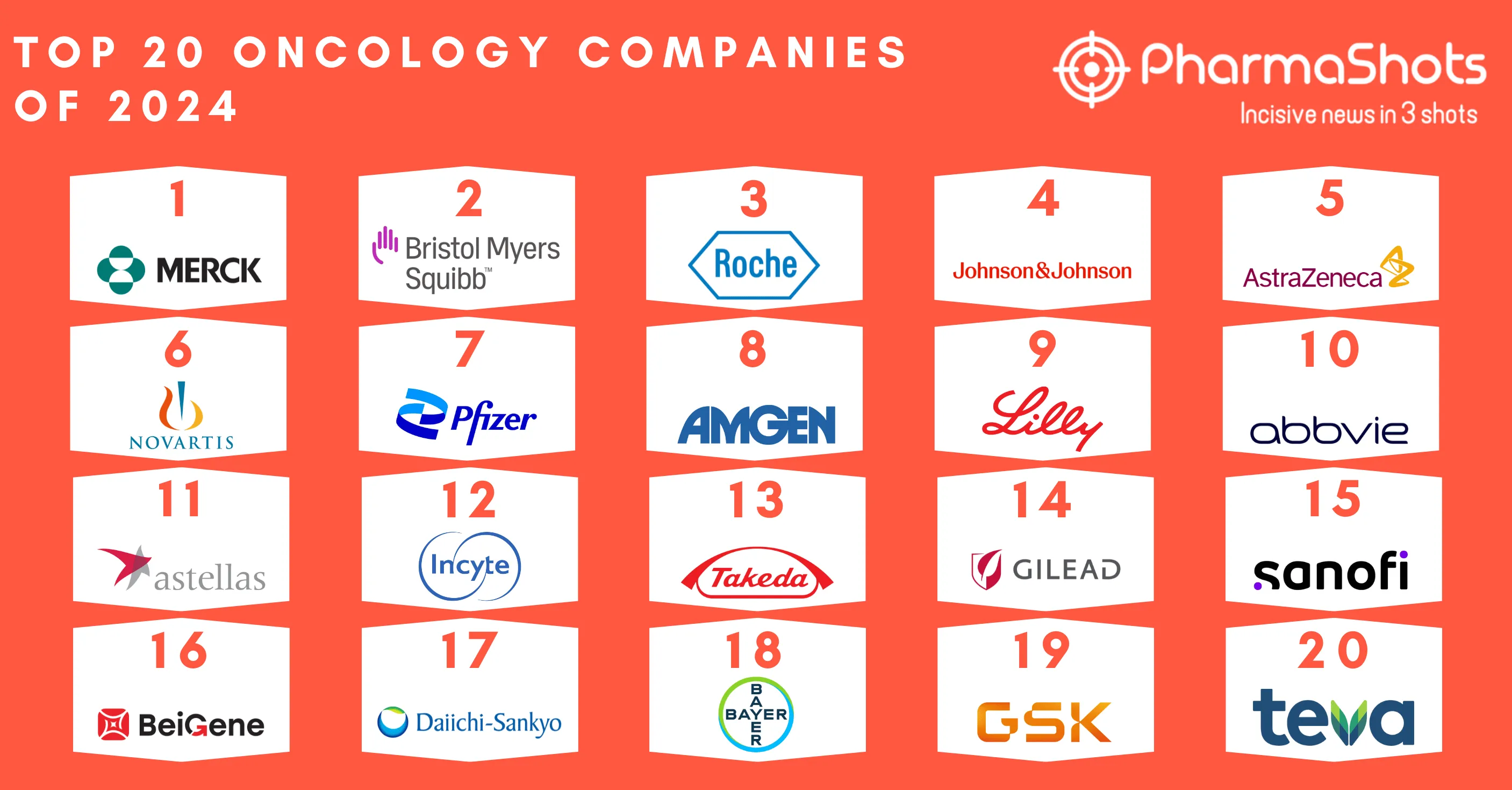
Google Collaborates with Mayo Clinic to Develop AI Algorithm for the Treatment of Neurological Diseases
Shots:
- The companies collaborated to develop a new AI algorithm called "basis profile curve identification." for the improvement of brain stimulation devices to treat psychiatric illness & stroke
- Mayo Clinic researchers have developed a set of paradigms or viewpoints to compare the effects of electrical stimulation on the brain. For the study- the companies insert an electrode array on the surface of the brain in a patient with a brain tumor to map brain function & seizures before a tumor was removed
- The AI technology allows the researchers to understand which brain regions directly interact with each other & also helps to guide the placement of electrodes for DBS to treat neurological diseases
| Ref: News Wise | Image: People
Click here to read the full press release

This content piece was prepared by our former Senior Editor. She had expertise in life science research and was an avid reader. For any query reach out to us at connect@pharmashots.com














